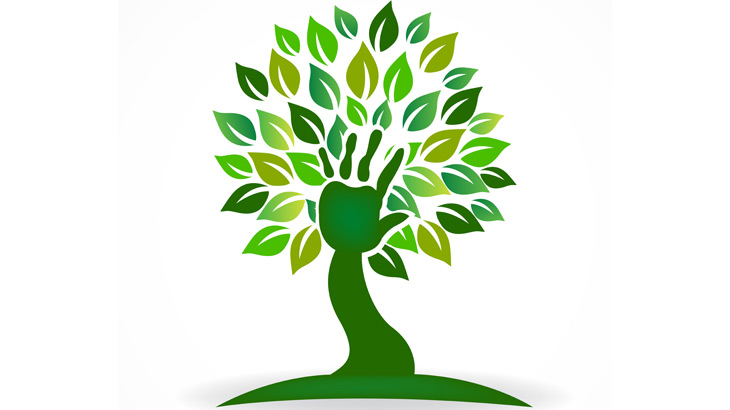Lexmark Blog
Corporate Social Responsibility(CSR)
Circling back on the Circular Economy
As a quick recap, the circular economy is more than recycling, although that is part of it.

TAGS: Corporate Social Responsibility(CSR)
A lot has happened since the concept of transitioning to a circular economy took off in the 1990s. As a quick recap, the circular economy is more than recycling, although that is part of it. Being circular means starting from a place that uses sustainable raw materials, designing products for longevity and making it easy for them to be repaired, and then recycled when they have reached their true point of obsolescence. It also includes adopting trade-in, and products and services sharing business models.
Although some would say that adoption has not been fast enough, progress has been made. The European Circular Economy Stakeholder Platform network now has 350 members across the EU and in May this year, the American Chemistry Council’s (ACC) Plastics Division announced three ambitious goals that crystallise US plastics resin producers’ commitment to recycle or recover all plastic packaging used in the United States by 2040.
In the past two years, there has been a flurry of announcements by high profile enterprises, which will hopefully influence other businesses: Starbucks committed to waste reduction by phasing out plastic straws by December 2020, which will eliminate more than 1 billion straws a year. Ikea aims to become “people and planet positive by 2030” designing all products within new circular principles, using only renewable and recycled materials, and offering services that make it easier for people to pass products on.
Drivers behind the move towards a circular economy include recognition that resources are finite and, if they are a crop, affected by climate change. Businesses that want to survive in the long term need to future-proof themselves against the depletion of raw materials and the resulting cost increases. But it’s not about doom and gloom, it’s actually about unlocking a potential $4.5 trillion in new economic growth by 2030, which has been identified as a possibility by Accenture.
This makes the circular economy an exciting place in which to operate. For companies that are under continuous pressure to reduce costs, discovering the financial benefits of circular business models should be a great incentive for embracing them. These benefits include opportunities for new revenue streams, cost reduction, establishing more efficient supply chains, and improving business intelligence and increased innovation.
Accenture identifies five business models that it predicts will drive the circular economy. The first is Sharing Platforms that maximize the use of underused assets, such as hotel rooms, vehicles, or consumer goods (in mature economies, 80 percent of typical household items are only used once a month). Ownership will be replaced with Products-as-a-Service, which only charge for user time. Both these models encourage the long term maintenance, longevity and efficiency of products. Next, there is Product Life Extension, which relies on the remanufacturing and repairing of used products to give them a longer life with existing or new customers. The last two are Circular Supply Chains that allow suppliers and partners to use recycled materials repeatedly, save costs and bring predictability to supply chains; and Recovery and Recycling, which saves costs and reduces the volume of waste and landfills.
As the realisation that the circular economy is a way to improve the bottom line becomes established, businesses, banks and governments must work together to help spread awareness far and wide. These are the trusted institutions that can encourage and support circular economy initiatives in small and medium-sized businesses as well as large enterprise organisations.
As outlined, a true circular economy is more than removing waste and recycling. Eco-design principles must be included from the get-go, so that limited-resource materials can be designed out of the supply chain. Apple’s 2018 Environmental Responsibility Report Progress Report states that it committed to a circular or “closedloop” supply chain in 2017, and materials such as minerals are now being recovered from old devices with the aim of eventually being able to cease all mining. Similarly, at Lexmark, cartridges returned to its manufacturing facilities through the Lexmark Cartridge Collection Programme (LCCP) are disassembled, and then components suitable for reuse are picked out and used in the production of new ones. This year, Lexmark’s corporate social responsibility (CSR) key performance indicator (KPI) stats show encouraging progress since 2015. In waste creation, the company has achieved a 74 percent recycling rate, and its goal of reducing the sleep power consumption for its colour laser multifunction products has also been successful, at 93 percent.
The circular economy is all about unlocking new opportunities for growth. The growing scarcity of resources is almost a red herring but if fear of running out of raw materials helps to change perceptions about waste, then all to the good. Waste has been built into business models for decades, but waste can be turned into wealth through keeping resources, components, products and services as economically viable for as long as possible. As with all innovation, the early adopters will gain the advantage.